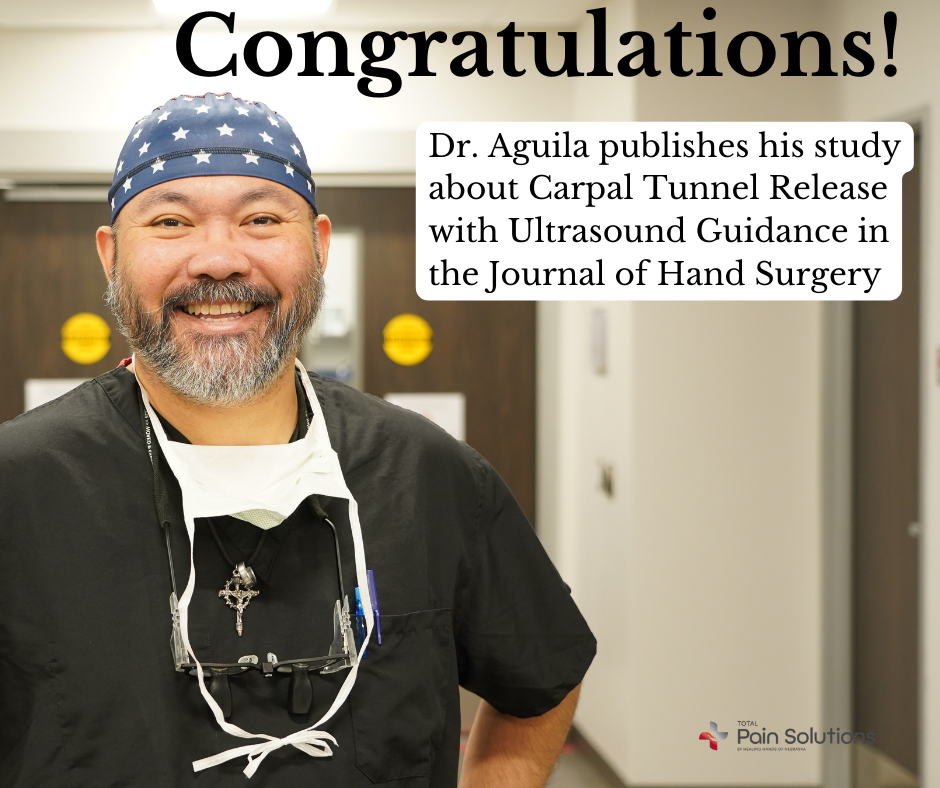Postherpetic Neuralgia Pain Gone
Dolores developed Postherpetic Neuralgia pain after a bad case of Shingles. She tried a variety of medications that eased the pain a little but had horrible side effects. She was at her lowest point when she found Dr. Demetrio Aguila, a pain-focused, peripheral nerve surgeon. Watch how Dr. Aguila helped Dolores overcome Postherpetic Neuralgia. Now she is looking forward to living her life to the fullest.

